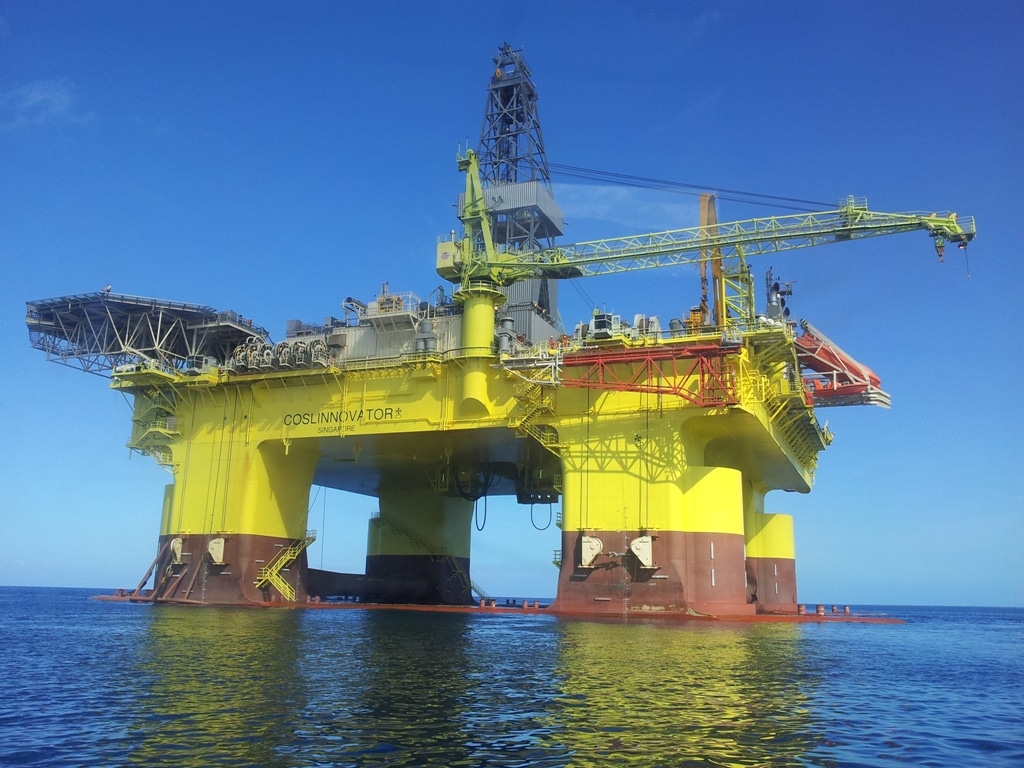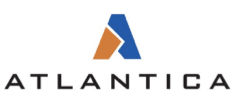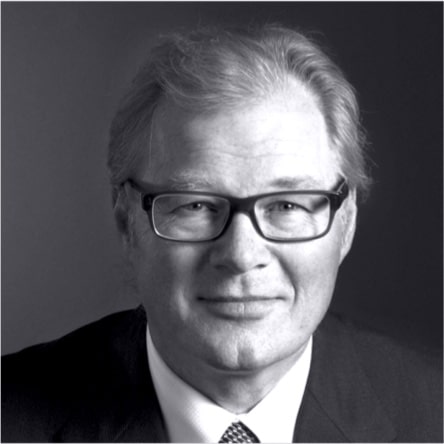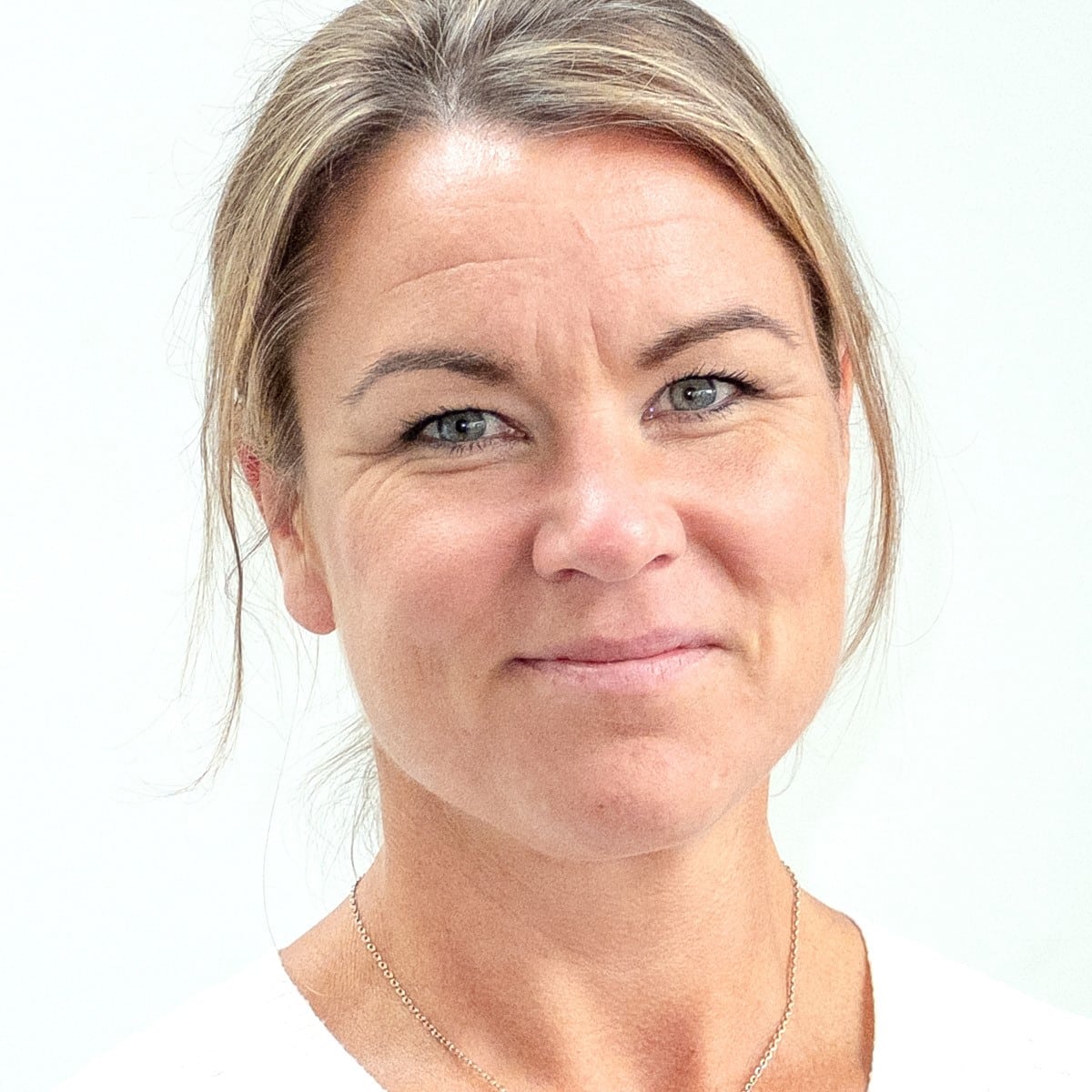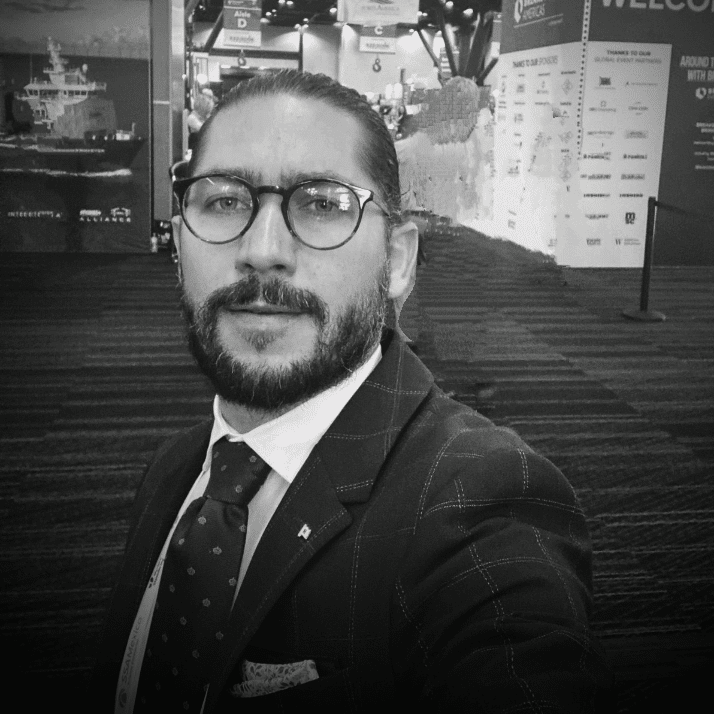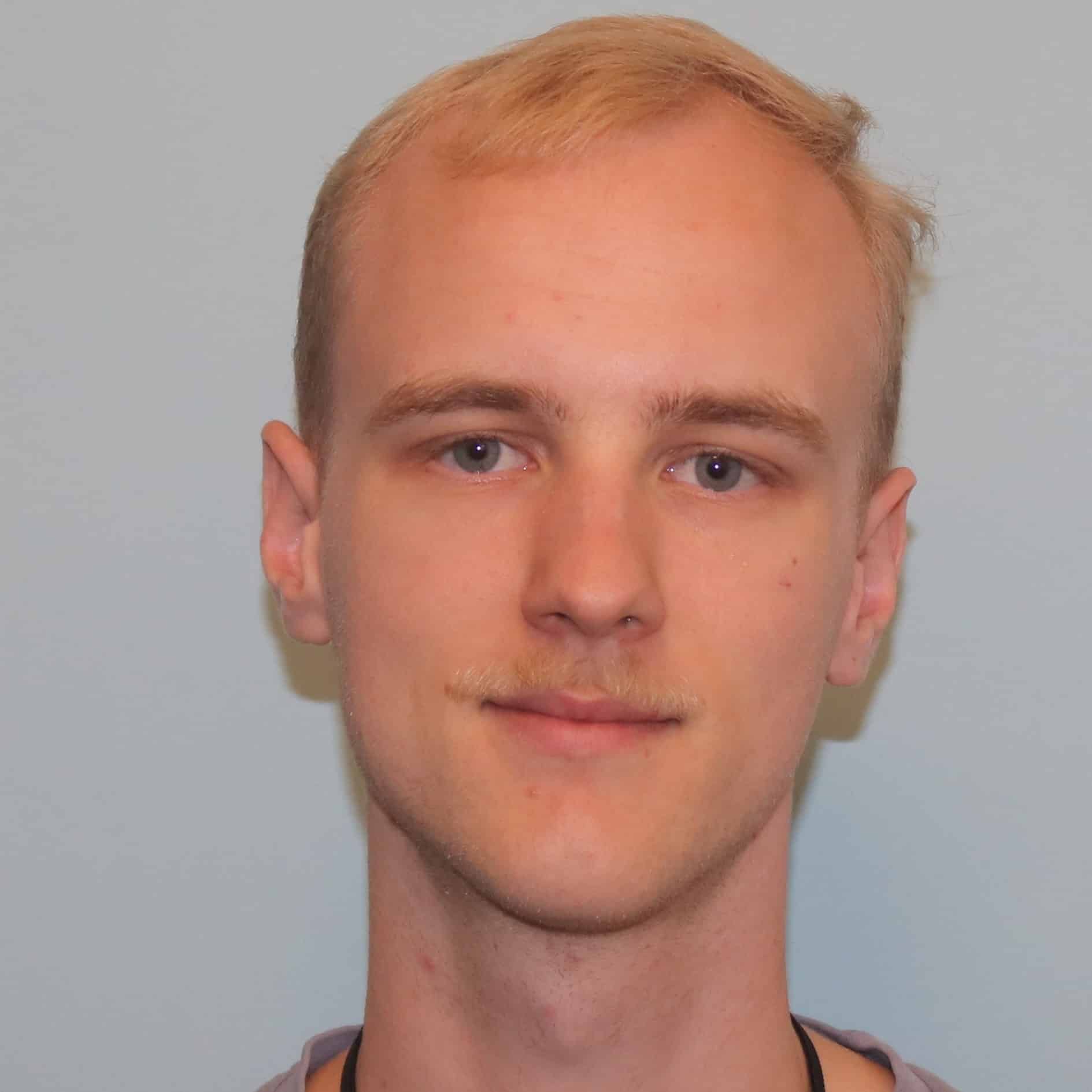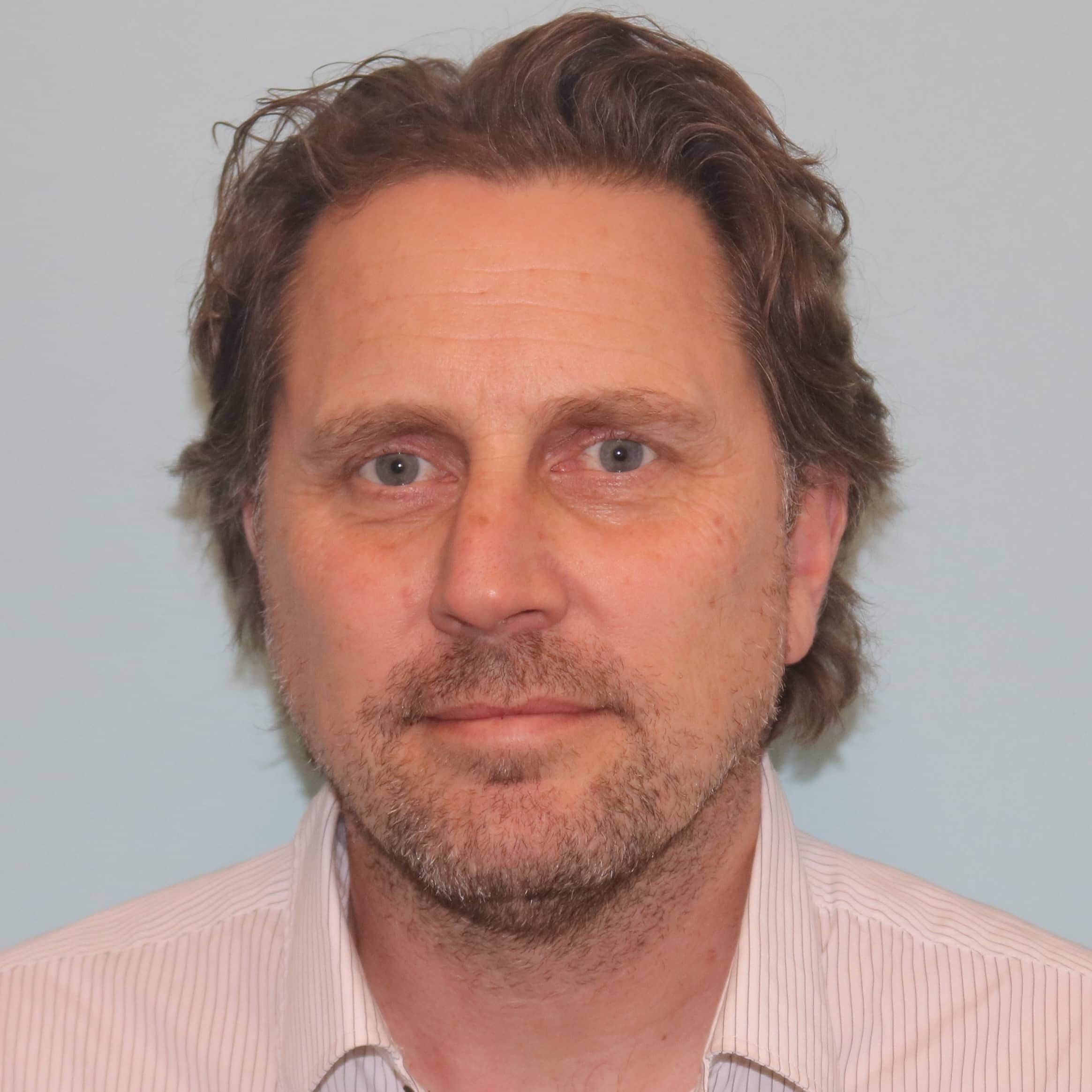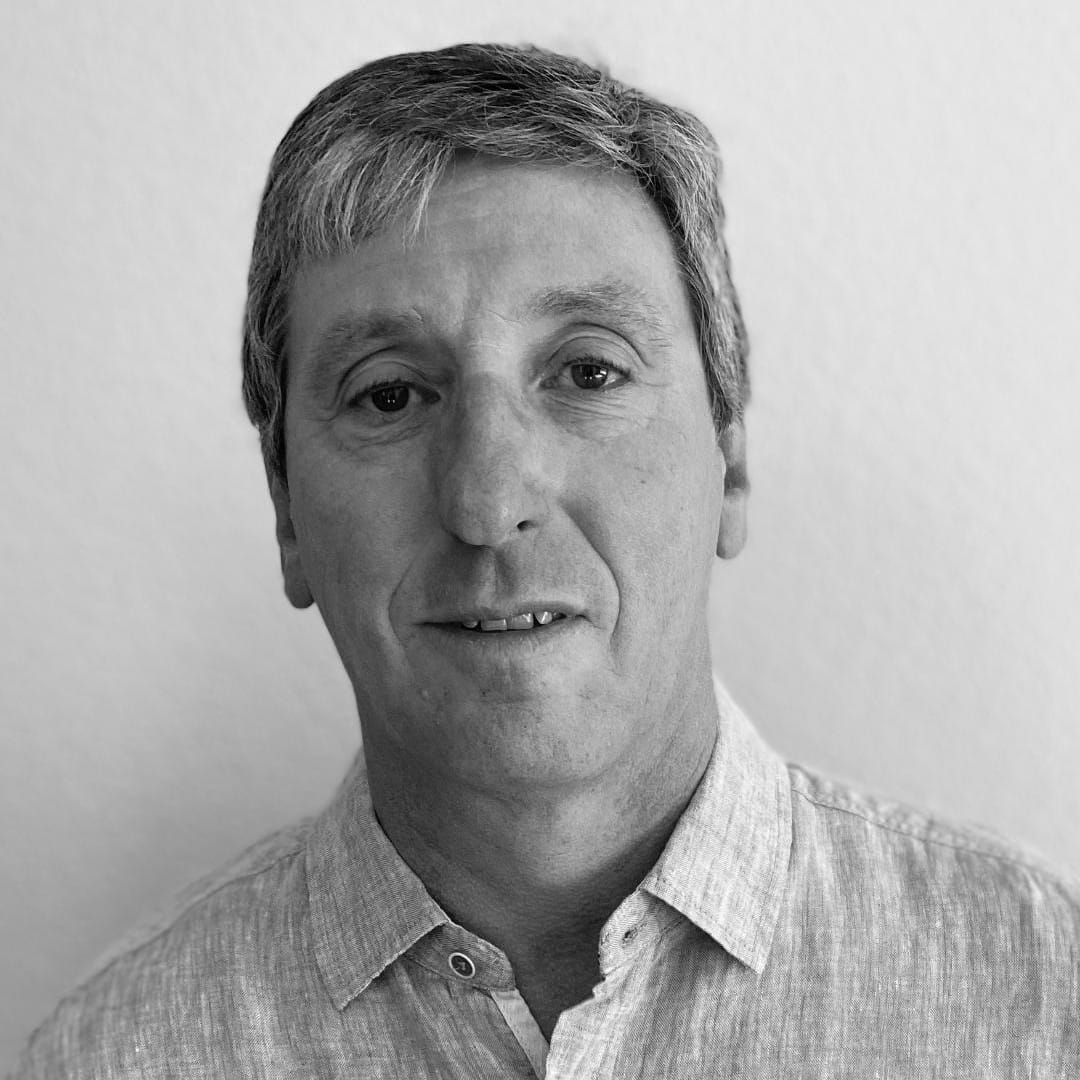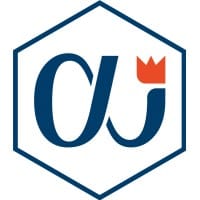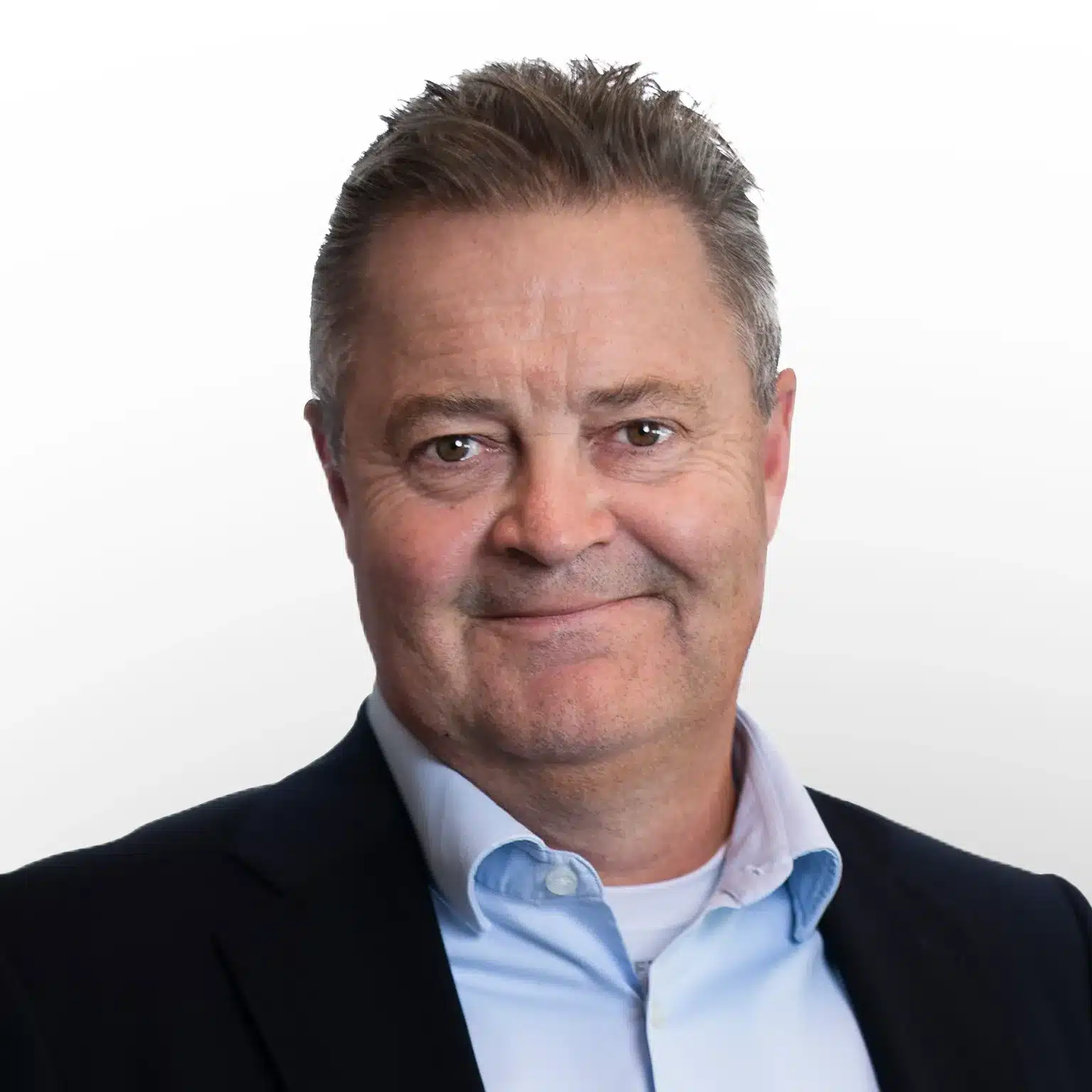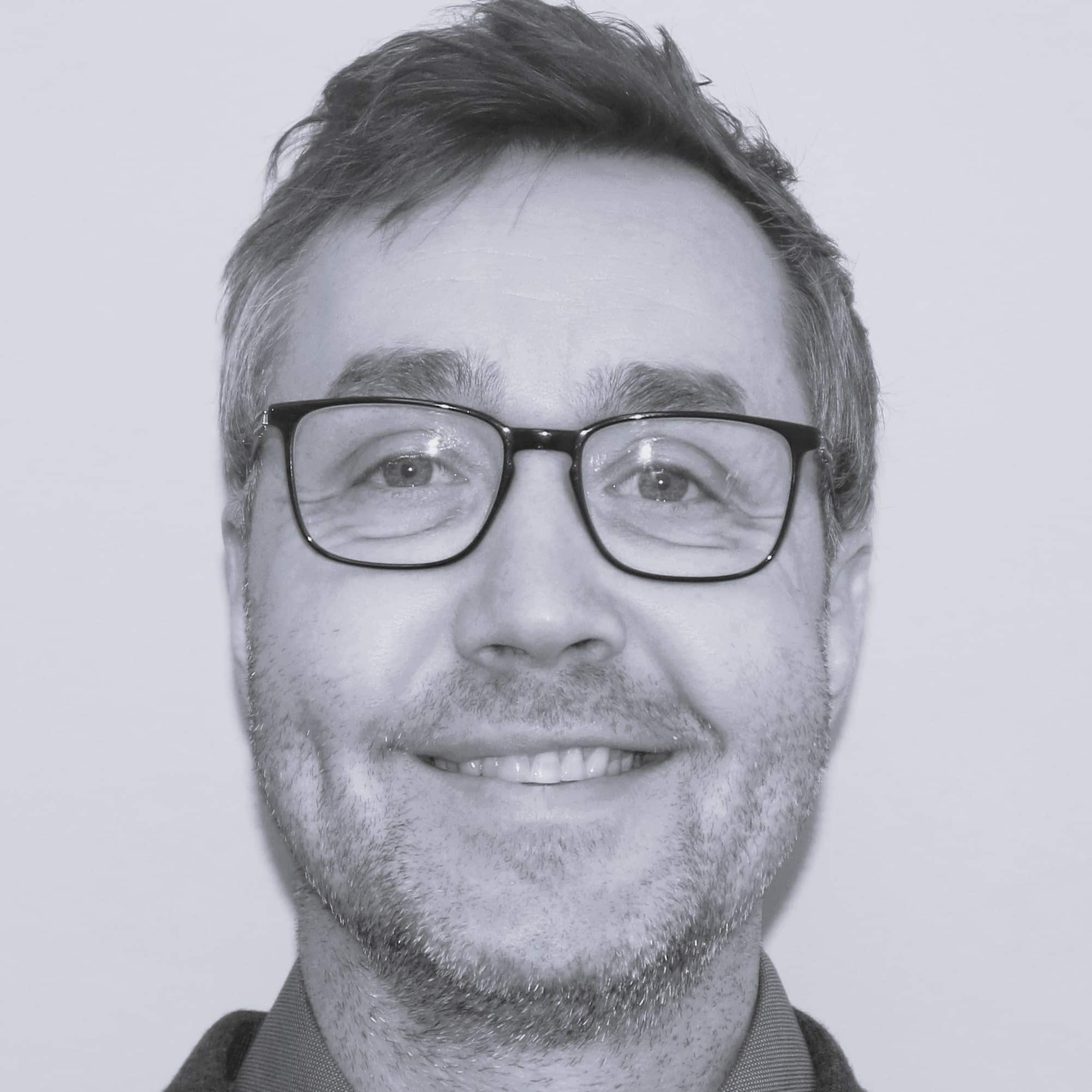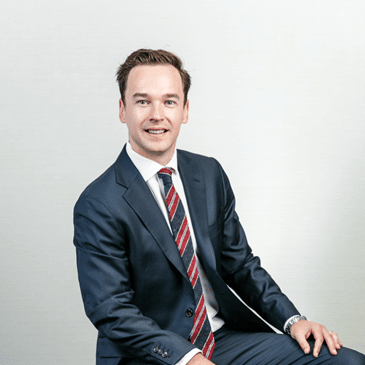Several new contracts have been confirmed in the floating segment this week, with Petrobras finalising its Roncador tender and the Springfield group of companies selecting a rig for its well in Ghana. Meanwhile, Shelf Drilling has completed a sale of a jackup, which is scheduled to begin a long-term campaign in Malaysia later this year.
In case you missed it, you can access our previous Rig Market Roundup here.
Contracts
Market sources indicate that ADNOC has exercised an extension option for the 350-ft jackup drilling rig Aryabhatt 1 in Abu Dhabi. Managed by Foresight Drilling, the 2013-built jackup commenced operations for ADNOC in September 2020. This extension marks the second of two options included in the original contract, which comprised a firm three-year period, followed by two one-year options. The KFELS B Class design rig is now expected to remain under contract with ADNOC until September 2025.
Petrobras has awarded two floating rig contracts to Constellation Oil Services for work at the Roncador field in the Campos Basin offshore Brazil. Valued at $1 billion, the two contracts will see Constellation 10,000-ft drillship Laguna Star and Hanwha Drilling 12,000-ft newbuild Tidal Action operate for Petrobras for around 2.5 years. The contracts are expected to commence in the third quarter of 2025. Constellation stated that the $1 billion total includes all mobilisation fees, extension option clauses, and additional services requested by Petrobras. Laguna Star is a 6th generation drillship, owned and managed by Constellation. The rig is currently under contract to Petrobras, with work under this term expected to be completed in the first half of 2025. After this, Laguna Star will undergo class inspections and adjustments before beginning work under the new Roncador contract. Tidal Action is a newbuild 7th generation drillship, built at the Hanwha Ocean (formerly DSME) yard in South Korea. The rig was previously called West Libra and was ordered by Seadrill in 2013. Hanwha Ocean company Hanwha Drilling will become the owner of Tidal Action upon its departure from the shipyard. Constellation will manage the rig during its contract with Petrobras, the first time Constellation will have operated third-party owned ultra-deepwater rig. The rigs will be used for work in the Roncador field, which is operated by Petrobras with a 75% interest. Equinor has a 25% interest in the field. The Roncador field has been producing since 1999 and the Petrobras and Equinor consortium has been involved in an increased oil recovery project at the field in recent years.
Northern Ocean Ltd. has signed a strategic alliance agreement in Ghana and secured a one-well contract for 7,500-ft semisubmersible Deepsea Bollsta with the Springfield group of companies. Deepsea Bollsta will be used for a well test of the Afina 1X well and other activities. The firm contract duration for the well test is 30 to 35 days, with work to commence early in the fourth quarter of 2024. The agreed clean dayrate is $440,000, excluding mobilisation and demobilisation. The newly fixed contract in Ghana will precede a 63-day contract with an undisclosed operator offshore Namibia that was fixed in late June 2024. Market sources have indicated that this work is with a subsidiary of Chevron, and will see Deepsea Bollsta drilling an exploration well on PEL 90. With the new contract award for Deepsea Bollsta, Northern Ocean has an estimated aggregate revenue backlog between $85 million and $105 million, excluding bonuses, reimbursables and undeclared options. The strategic alliance includes a mutual exclusivity to explore a long-term field development program in Ghana. Springfield and Northern Ocean have committed to spending the time during this exclusivity period until 1 January 2025 to enter into a firm agreement for long term field development drilling starting mid- 2025. The 6th generation harsh environment semisubmersible Deepsea Bollsta, which is managed by Odfjell Drilling, has been in Namibian waters since completing work with Shell earlier this year and has recently undergone class surveys. Northern Ocean CEO Arne Jacobson stated that the short-term work with Springfield brings the rig back into operation earlier than anticipated. Springfield Group company Springfield Exploration and Production Limited is following up the Afina well discovery made on West Cape Three Points Block 2 offshore Ghana in November 2019. Springfield is operator of the West Cape Three Points Block 2 with an 84% interest while national oil company GNPC and its Exploration Unit EXPLORCO hold the remaining 16% interest. Springfield CEO Kevin Okyere stated that the Afina 1x appraisal would help “finalise the unitisation” between Springfield, Eni and Vitol, referring to a government ordered unitisation of Afina and the nearby Sankofa field operated by Eni and partner Vitol, which has been a subject of legal dispute.
Drilling Activity and Discoveries
The Norwegian Offshore Directorate (NOD) has granted Equinor a drilling permit for an exploration well offshore Norway. The wellbore 6406/6-7 S, targeting the Mistral Sør prospect, is located in production licence 1119 in the Norwegian Sea. The water depth at the location is 260 metres. The licence is operated by Equinor in partnership with OKEA and Pandion Energy. The well will be drilled with Odfjell Drilling’s 10,000-ft semisub Deepsea Atlantic. The rig has recently completed its Special Periodic Survey (SPS) and carried on working for Equinor.
Equinor and its partner DNO have made an oil and gas discovery in the northern part of the North Sea offshore Norway. The wildcat well (35/10-13 S) was drilled in production licence 827 SB from the Awards in predefined areas (APA) in 2022. The well was drilled using the 10,000-ft semisub Deepsea Atlantic. The primary objective of the drilling was in the Angel prospect. Preliminary estimates indicate the discovery is between 0.1-0.5 million Sm3 of recoverable oil equivalent, which is not profitable given current price assumptions. Another objective for the well was to delineate the 35/10-9 (Heisenberg) discovery. Here, oil was proven which confirms the discovery size of 3.8-8.9 million standard cubic metres of recoverable oil, corresponding to 24-56 million barrels. The exploration well is a continuation of the work in the area. The licensees have conducted exploration drilling on the Gabriel (35/10-6) prospect, which proved to be dry, and on Heisenberg, which was a confirmed discovery. An appraisal well was also drilled on Heisenberg earlier this year. The well 35/10-13 S encountered a 1-metre gas column in the Balder Formation in sandstone layers totalling 56 metres with good to very good reservoir quality. The estimated location of the gas/water contact is between 1709 and 1714 metres below sea level. In the secondary exploration target, well 35/10-13 S encountered gas in thin and heterogeneous sandstone layers totalling 6 metres with poor to moderate reservoir quality in the Hordaland Group. The gas/water contact was not encountered. The well also encountered a 6-metre oil column in the Hordaland Group in the interval for the 35/10-9 (Heisenberg) discovery in sandstone layers totalling 6 metres with moderate to good reservoir quality. The oil/water contact was not encountered. The water depth at the site is 365 metres. The well has been permanently plugged and abandoned.
Two dynamically-positioned offshore rigs in the US GOM have moved off location as a precaution due to Tropical Storm Helene. According to information from the Bureau of Safety and Environmental Enforcement as of 24 September 2024, personnel remain on board these rigs. None of the five non dynamically positioned rigs currently active in the US GOM have been evacuated at this time. Based on data from offshore operator reports, personnel have been evacuated from a total of four production platforms and around 16.21% of oil production and 11.2% of natural gas production in the US GOM has been shut in. Tropical Storm Helene formed in the Caribbean Sea and is anticipated to strengthen into a hurricane as it moves over the eastern Gulf of Mexico and then heads towards the northeast Gulf Coast. The National Hurricane Center is projecting a risk of storm surge and hurricane force winds along the coast of the Florida Panhandle and the west coast of Florida.
As Hurricane Helene moves towards the Florida Panhandle, the Bureau of Safety and Environmental Enforcement reported that personnel have been evacuated from one non-dynamically positioned rig in the US GOM, while three dynamically positioned rigs have moved off location as a precaution. As of 11:30 AM on 25 September 2024, personnel were evacuated from a total of 17 production platforms, while 29.18% of oil production and 16.85% of natural gas production in the US GOM is shut in. As of 24 September, Shell stated that it had paused some of its drilling operations but had already begun ramping up production at its Stones and Appomattox developments due to the shift in the storm’s track. LLOG shut in its Who Dat wells and suspended drilling at Who Dat South.
Demand
BW Energy subsidiary BW Kudu Limited has applied to conduct an appraisal drilling programme on Petroleum Production Licence 003 on Block 2814A in the Orange Basin offshore Namibia. The proposed programme includes the drilling of up to four appraisal wells. The programme is part of BW Energy’s planned development of the Kudu field, originally discovered in 1974. BW Energy has begun the application process for an environmental clearance certificate for the work, with SLR Consulting appointed as the independent Environmental Assessment Practitioner to undertake an Environmental Impact Assessment process for the proposed appraisal activities. Under the proposed timeline, BW Energy anticipates drilling up to four appraisal wells, commencing in the third quarter of 2025 with an assumed two wells drilled in the first year and two wells drilled the year after. Precise locations for the wells have yet to be determined. The company is estimating around 100 days to drill each well, including mobilisation, drilling, testing, abandonment and demobilisation. BW Energy is expected to use a drillship or semisubmersible, with activity taking place in around 492 to 2,460 ft (150 to 750 m) of water. While presenting at the Pareto Securities Energy Conference 2024 earlier this month, BW Energy Chief Financial Officer Brice Morlot stated that the company was working on defining a target for its first appraisal well, securing long-lead items for a 2025 exploration programme and preparing an independent rig tender. The company also said that it has been progressing its 3D seismic processing for the project and working with other operators in the Orange Basin to explore the common use of available resources.
Kistos’ appraisal well on the M10a and M11 licences north of the Wadden Islands off the Netherlands remains on hold as the operator is waiting on a decision from the government related to a request for changes in the licence conditions. During the first half of 2022, Kistos applied for the M10a and M11 licences (Kistos 60% and operator) to be extended beyond 30 June 2022. Initially, the extension was denied but in 2023, Kistos successfully appealed against this decision and the licences were re-awarded and extended to 31 August 2028. As part of the licence extension, Kistos was required to apply for a permit to drill an appraisal well prior to 28 February 2024, and to begin operations no later than 31 August 2025. Following a period of close engagement with local municipalities and other stakeholders in the latter part of 2023, Kistos submitted a request for an extension to the permit application deadline. As this is a request to change the conditions of the licence, the authorities are now formally considering the request. To date, no decision has been made by the authorities and the project therefore remains on hold until such time a response is received.
Kistos has concluded the second phase of Concept Select for the Orion oil development in the Netherlands and the final investment decision (FID) is awaiting clarity on the status of projects to extend the life of existing third-party infrastructure. The Q10-A Orion oil field (Kistos 60% and operator) is located in the Vlieland sandstone formation, which is a stratigraphically shallower formation deposited above the Q10-A gas field. During the first half of 2024, the second phase of Concept Select continued, with the technical work concluding during Q2 2024. Kistos subsequently received indicative commercial terms from the operator of P15-D and further progress is now awaiting clarity on life extension projects affecting third-party infrastructure. These are necessary to ensure Orion will have a viable economic life. In the meantime, Kistos’ team in the Netherlands continues to evaluate opportunities to enhance production from existing wells at Q10-A and to lower costs by working collaboratively with other users of the P15-D platform. Kistos is also awaiting the outcome of the application to extend the deadline to drill an appraisal well on the M10a and M11 licences, prior to starting any assessment phase planning work. Last year, the 400-ft jackup Valaris 123 completed a work programme on the Q10-A gas field for Kistos. The campaign included a sidetrack of the A01 well in the Slochteren formation, stimulation of the A04 well in the Clastics, and installation of velocity strings on the A05 and A06 wells.
Joint venture partners in the Greater Laggan Area (GLA) in the West of Shetland are prioritising the Glendronach development and partner Kistos anticipates that Prax Group, a new operator of the GLA, will add additional momentum for sanctioning development projects to extract near-term value. This comes following TotalEnergies’ sale of its entire interest in the West of Shetland assets to Prax Group in June 2024, after which TotalEnergies filed an amended application to the UK authorities, stating that the Glendronach and Edradour West wells would not be progressed. Kistos now expects that the announced change in the operator of the GLA joint venture, which is expected to be completed in 2025 subject to regulatory approval, will provide additional momentum in sanctioning development projects. Kistos stated that the JV partners have decided to focus on the Glendronach project rather than Edradour West, after agreeing that it represents a more attractive opportunity at this time. The JV also continues to analyse the 4D seismic shot in 2023 for further infill targets in Laggan, Tormore, and Glenlivet. In conjunction with the expected new third-party throughput across the Shetland Gas Plant (SGP), specifically from Shell’s Victory field, Glendronach would extend the life of the existing facilities and give more certainty to potential future developments, such as additional infill wells, and to other third parties that are evaluating potential development projects in the area. The development plan for Glendronach previously passed all technical stage gates with the operator and partners.
Deltic Energy’s farm-out discussions for the Syros prospect located in the Central North Sea have been suspended pending a review of the expected update to the UK’s taxation regime, which will be presented in the October budget. Syros prospect is located in licence P2542, in close proximity to the production infrastructure associated with the Montrose and Arbroath fields. Deltic has completed the Phase A work programme on the licence, de-risking the prospect. Considering it to be ‘drill ready’, Deltic has been working to farm out its 100% working interest in the asset. However, given the impact that previous alterations to the Energy Profits Levy, the General Election earlier in the year, and the ongoing uncertainty associated with the October budget have had on corporate decision-making, Deltic has requested a 12-month extension from the NSTA to Phase A of the licence from 1 December 2024 to 1 December 2025. Unless a farm-down is secured or the extension granted, the licence will expire on 30 November 2024. If this extension is granted, it will allow potential partners sufficient time to assess the impacts of any changes to the EPL and re-engage with Deltic in relation to farming into this asset. Meanwhile, in partnership with Shell (operator) and Dana Petroleum (partner), Deltic is drilling the Selene exploration well, using the 400-ft jackup Valaris 123. Following the completion of this well, the rig is scheduled to drill the Pensacola appraisal well with operations starting in late October or early November 2024. Deltic recently had to withdraw from Pensacola after being unable to secure a farm-out or an alternative funding solution, which would allow the company to fulfil its future commitments related to the appraisal well. Until further clarity exists, Deltic intends to limit further investment in its UK portfolio (other than Selene) and will look to pursue opportunities overseas in jurisdictions that are more favourable and supportive of the oil and gas industry.
Reabold Resources plans to relinquish two North Sea licences due to the inability to secure partners for these assets amid current political and fiscal uncertainty in the UK. Reabold has been seeking partners for licences P2605 and P2504, however, there is a drill or drop deadline of 30 November 2024 on both of these licences. Reabold said on Thursday that, despite its best efforts, it has been unable to farm down these assets. The ability of potential counterparties to commit to investment in the North Sea has been negatively affected by the Labour Party’s pledge to increase the Energy Profits Levy (EPL) and remove investment allowances attached to the EPL, in the lead-up to the UK General Election held in July 2024. Therefore, the company expects to relinquish these licences in November 2024. On 29 July 2024, the Chancellor’s statement to Parliament outlined plans to increase the EPL by 3% to 78% from November 2024, to remove the main investment allowance attached to the EPL, and extend the policy until March 2030. The announced changes continue to leave material uncertainty, particularly around capital allowances, and Reabold hopes to have more clarity following the October budget. Earlier this year, Reabold surrendered Licence P2478 (Dunrobin prospect), following delays with licence commitments resulting from the wind farm construction activities in the area, and relinquished Licence P2486.
Mobilisation/Rig Moves
ARO Drilling’s 200-ft jackup rig ARO 2003 has been relocated to Zamil Shipyard in Dammam from an offshore location in Saudi Arabia. The Baker Marine BMC-200-IC design jackup is currently under contract with Saudi Aramco, with operations scheduled to continue into the first quarter of 2026. The ABS-classed rig, built in 1982, arrived off Ras Tanura on Friday, supported by the vessels Zamil 58, Zamil 54, and Zamil 504. Upon arrival off Ras Tanura, three other vessels—Dammam 14, Dammam 12, and Naghi 2—took over the tow and transported the rig to the Dammam yard. ABL is providing the Tow Master and Marine Warranty Surveyor services. The ARO 2003 is due for its Special Periodic Survey (SPS) by 5 October 2024, and it is believed that the move to the port is to facilitate the upcoming SPS work.
Japan Drilling’s 1,640-ft semisubmersible rig Hakuryu-5 is nearing the end of its contract with Petronas Carigali and will depart Malaysia soon. The 3rd generation unit has been working with Petronas since September 2022. Supported by the Mutiara Ratu vessel, the rig is expected to be towed from Petronas Carigali’s Silungen-1 well, located off Sarawak, around 5 October, before heading to the Benoi Yard in Singapore. Following an extended stay at the shipyard, the 1977-built rig is scheduled to move to Japan, where it will start a carbon capture and storage (CCS) campaign in early 2025.
COSL’s 2,460-ft semisub COSLInnovator is expected to leave the Gannet field and move to the Guillemot North West field in the UK around the end of this week. The COSLInnovator is expected to arrive at the Guillemot North West field location on Friday 27 September or Saturday 28 September 2024 and stay there for approximately 83 days. The rig has been working under a four-well contract, managed by Petrofac for Serica and Dana Petroleum, since April 2024. The first well was a sidetrack of the existing well (B1z) on the Bittern field. Other wells in the campaign include the GE-05 well on Gannet E, the EC well on Guillemot North West, and the EV-02 well on Evelyn. Following the completion of this campaign, the semisub is scheduled to drill a development well at the Belinda field, under a contract which is also managed by Petrofac. After that, it is scheduled for a yard stay where it will prepare for its two-year contract with Equinor in Norway.
Stena 10,000-ft drillship Stena DrillMAX has arrived back in Guyana, where it is expected to resume work for ExxonMobil for the next few months. The rig will be used for exploration drilling operations at the Haimara-3 well, potentially continuing into late November 2024. Stena DrillMAX was primarily working for ExxonMobil offshore Guyana from early 2021 to April 2024, when it relocated to Canada to drill the Persephone C-54 well on EL 1169 for ExxonMobil. ExxonMobil confirmed that the exploration well was drilled to its planned depth but showed no evidence of commercial hydrocarbons and was abandoned. ExxonMobil recently extended the contracts for Stena’s 10,000-ft drillship Stena Carron and four Noble drillships working offshore Guyana.
COSL’s 375-ft jackup COSLSeeker arrived in Singapore from Saudi Arabia on 25 September 2024 aboard the heavy-lift vessel Zhen Hua 33. The rig has since been moved to a shipyard in Singapore ahead of its upcoming relocation to Thailand, where it is expected to start a new contract with PTTEP between mid-December 2024 and mid-January 2025. The COSLSeeker’s contract in Saudi Arabia was suspended earlier this year following a directive from the Saudi Ministry of Energy on output targets, leading COSL to seek new market opportunities for the rig.
Rig Sales
Shelf Drilling has confirmed the completion of the sale of the 375-ft jackup Baltic for $60 million. In July, Shelf Drilling announced the proposed sale of the jackup to an unnamed company in Southeast Asia. The buyer has since been confirmed to be Malaysia-based T7 Global. Shelf Drilling confirmed on Monday that the sale of the Baltic had been completed and the funds received. As previously reported, T7 Global plans to deploy the rig on a multi-year plug and abandonment (P&A) programme in Malaysia. Shelf Drilling will provide rig management and operational support to the buyer for the P&A campaign. Earlier this month, the Baltic departed Nigeria aboard the Seaway Eagle heavy-lift transportation vessel and is currently en route to Malaysia. Built in 1983, the Baltic recently concluded its contract with Tulcan Energy Resources in Nigeria.
Other News
PTTEP has entered into a sale and purchase agreement to sell its 16.67% interest in the Block 29 project offshore Mexico to operator Repsol. PTTEP stated that the divestment is part of a portfolio rationalisation effort. Block 29 is located in the Salina Basin of the southern Gulf of Mexico and was awarded in Mexico’s Round 2.4 in 2018. Repsol and its partners made the Polok and Chinwol discoveries in around 1,969 ft of water on Block 29 in May 2020 with Maersk drillship Maersk Valiant and conducted appraisal drilling with Stena drillship Stena IceMAX in 2021. The partners in the block have been working towards development of the field via an FPSO. Repsol is the operator of the block with a 30% interest. Other partners aside from PTTEP include Wintershall Dea with a 25% interest and a Petronas subsidiary with a 28.33% interest.
The Seadrill-owned 10,000-ft drillship West Capella has transitioned back to Seadrill’s management, after previously being managed by Vantage Drilling. Seadrill, which had managed West Capella in the past, acquired the rig in April 2023 when it completed its acquisition of Aquadrill. The rig continued to be managed by Vantage Drilling through contracts with Eni in 2023 and Harbour Energy offshore Indonesia from July 2023 to September 2024. The 6th generation Samsung 10000 drillship will be remaining in Asia in the near term. Its next contract is scheduled to begin in South Korea in December 2024. Market sources have indicated that this work will be with KNOC.
A Norwegian Offshore Directorate (NOD) analysis of exploration activity in Norway over the last 20 years (2004-2023) shows that the discoveries are valued at three times the costs expended. The NOD has calculated the overall net cash flow for exploration activity during the 2004-2023 period at about NOK 3800 billion. In current value (total net present value), this amounts to more than NOK 2000 billion. The discoveries are valued at three times the costs expended. All exploration investments from this period have already been repaid by the discoveries that have come on stream. About 50 of 190 discoveries have been developed and are producing. This means that around three-quarters of the resources discovered during these years have yet to be produced. These investments will remain profitable as more fields come on stream. Between 2004 and 2023, about NOK 660 billion has been invested in exploring for oil and gas on the Norwegian continental shelf (NCS). This has resulted in more than 300 discoveries, the sum of which constitutes a resource growth of about 1800 million Sm3 of o.e. Production has been deemed unlikely for 110 of these discoveries. This means that 190 of the discoveries correspond to just under 1600 million Sm3 of o.e. According to NOD, exploration activity has been profitable in all ocean areas. Over the last five years, the value of the discoveries made is more than twice the exploration costs. Several of these discoveries are highly profitable because they can be tied back to existing infrastructure at the right time. Discoveries in the Troll area in the North Sea are particularly good examples of this. The directorate stated that Norway still has extensive oil and gas resources and that their development will require continued exploration and additional investment in fields, discoveries, and infrastructure, and a failure to invest could lead to rapid dismantling of the petroleum activities.
Challenger Energy has received approval from Uruguay’s state-owned oil company and regulator, Ancap, to move forward with the farm-out of its AREA OFF-1 licence to Chevron. The agreement, first announced in March, now enters its final phase following this regulatory green light. The next steps include notifying the Uruguayan Ministry of Industry, Energy & Mining, and registering the agreement with the Ministry of Economy & Finance. Once these processes are complete, expected within the next four to eight weeks, Chevron will become the new operator of the block. Chevron plans to kick off a 3D seismic acquisition early in 2025.
Norwegian operator OKEA has entered into an agreement with Lime Petroleum to sell its 15% working interest in the Yme licence, located in the North Sea off Norway, for a post-tax cash consideration of $15.65 million. The effective date of the transaction is 1 January 2024. The transaction is conditional upon Norwegian governmental approval and is expected to be completed before year-end 2024. Yme is located in the southeastern part of the Norwegian sector of the North Sea, 130 kilometres northeast of the Ula field. Licence partners include Repsol Norge (55% WI and operator), PGNiG Upstream Norway (20%), Lime (10% WI), and OKEA (15% WI). Following the transaction, OKEA will exit the licence and Lime will hold 25% WI. OKEA CEO, Svein J. Liknes, stated: “Following several years as a partner in the Yme licence, we have decided to exit a non-core area with a relatively small holding. The divestment allows OKEA to focus financial and human resources in our core areas, and we are pleased to announce this transaction with Lime Petroleum to the mutual benefit of both parties.”
In response to a legal challenge from a local indigenous group, Ecopetrol, Colombia’s state-owned oil company, has officially renamed two offshore exploration areas. The former names Uchuva and Tayrona will now be known as Sirius and Gua-Off-0, as confirmed in a filing with the Colombian securities regulator. This change complies with a ruling from the Fourth Labor Court of the Santa Marta Circuit, requiring the company to stop using the previous names. The new designations, decided in collaboration with Petrobras, reflect the updated identity for the projects moving forward.
Environmental watchdog Rimbawatch has warned that the Tun Mustapha Marine Park (TMP) offshore Sabah, Malaysia is threatened by oil and gas exploration in offshore Block 403. In January 2024, Petronas awarded production sharing contracts for six exploration blocks and one Discovered Resource Opportunities (DRO) cluster marketed under the Malaysia Bid Round 2023 (MBR 2023). Among these, Petronas Carigali, EPMV, and SMJ Energy were awarded the Block SB403, off Sabah. According to Rimbawatch, the block is located entirely within the park’s boundaries, designated as an IUCN Category VI protected area, a ‘globally significant biodiversity site.’ Rimbawatch has warned that and oil and gas activities there may harm the marine environment, threatening 45,000ha of reefs, 17,000ha of mangroves and over 180 vulnerable and endangered species. The organisation highlighted the potential impact on local communities, noting that over 85,000 villagers, many of whom rely on fishing for their livelihoods, could be affected across three of Sabah’s lowest-income districts. Additionally, Rimbawatch said the oil and gas activities threatened the fishing-dependent livelihoods of over 85,000 villagers in three of Sabah’s lowest-income districts. The watchdog has called on Sabah authorities to deny any permits for oil and gas activities within the park. It further urged Petronas to commit to avoiding exploration in protected areas. Also, Rimbawatch also called for the Department of Environment to disclose the status of any Environmental Impact Assessments (EIAs) as “no environmental impact assessment (EIA) can be found for existing activities.”
Brazilian independent oil company Prio has confirmed that it is negotiating with Sinochem for the potential acquisition of a stake in the Peregrino field but that the parties have not entered into a binding agreement. The Peregrino field is in the Campos Basin offshore Brazil and is operated by Equinor with a 60% interest. Sinochem currently has a 40% interest. The Peregrino development includes an FPSO supported by three fixed platforms.
Indonesia’s Pertamina confirmed this week that one of its subsidiaries had recently signed a rig sharing agreement with Kangean Energy Indonesia. According to Pertamina, a joint use agreement for a jackup rig was signed between Kangean Energy Indonesia and PT Pertamina Hulu Kalimantan Timur. No further details on the terms of the agreement were disclosed. However, Esgian understands that Kangean Energy plans to mobilise the 375-ft jackup Asian Endeavour 1 in October, which Pertamina recently used for the Sejadi drilling project, for its upcoming Pagerungan Timur Offshore (PTO-3) drilling project. At the time of publication, neither Kangean Energy nor Pertamina had responded to Esgian’s requests for additional information regarding the rig sharing arrangement. Should they provide further details, we will issue an update accordingly.
Image credit: COSL
